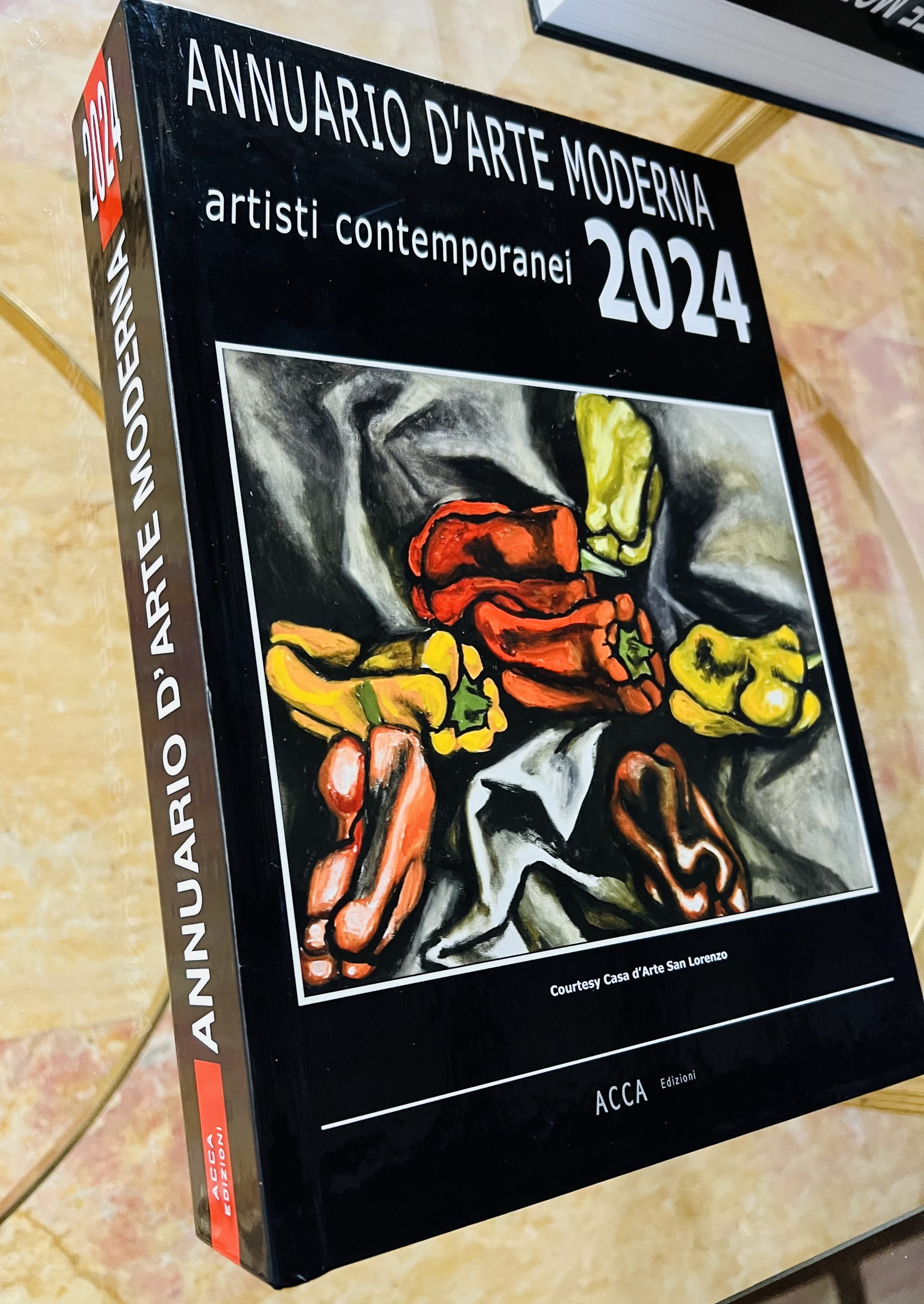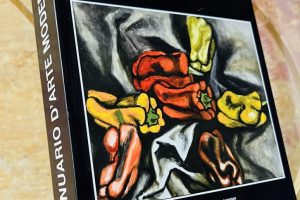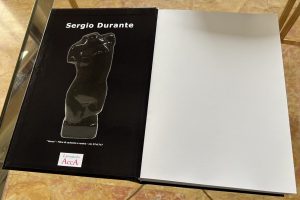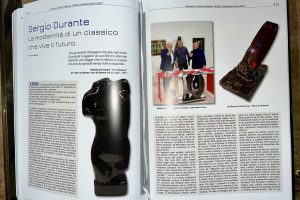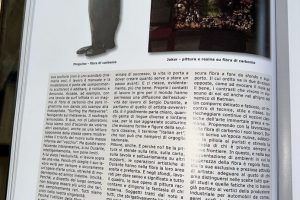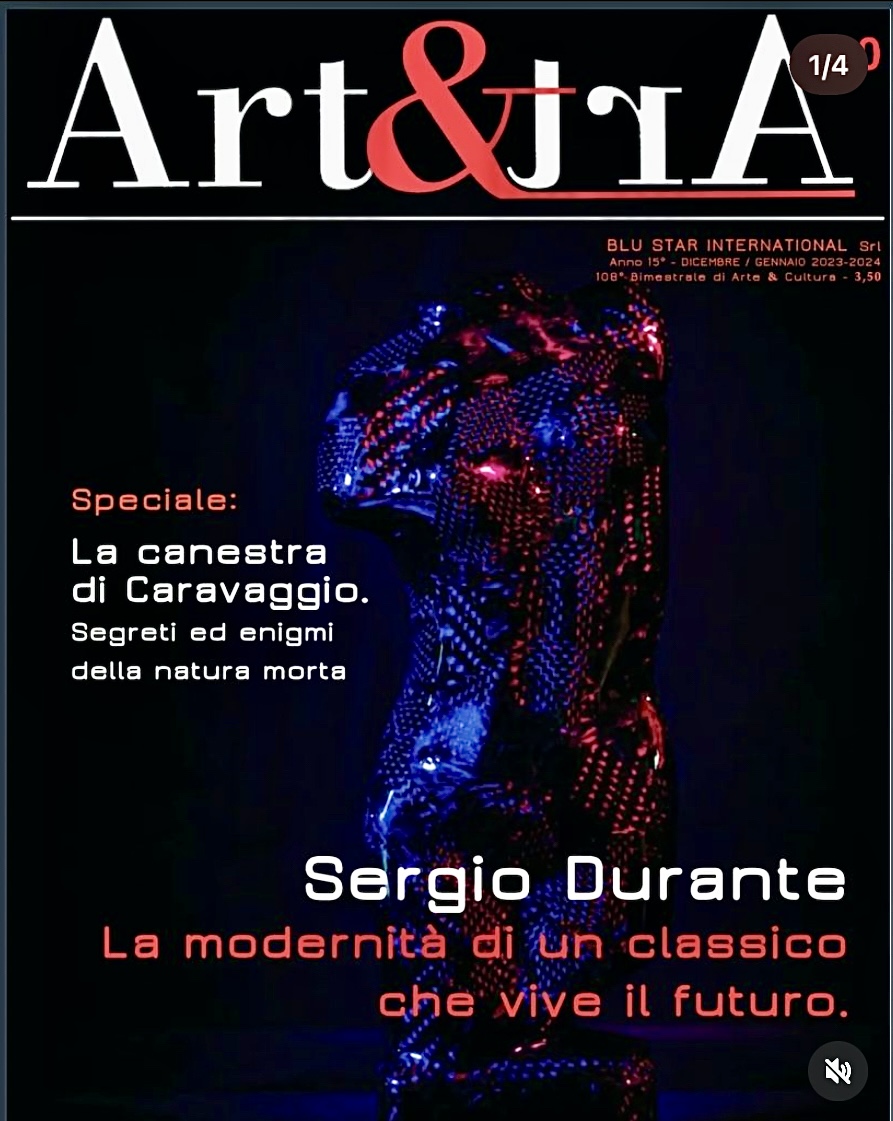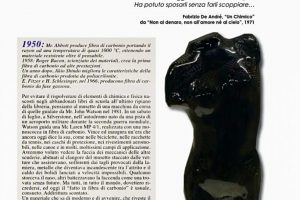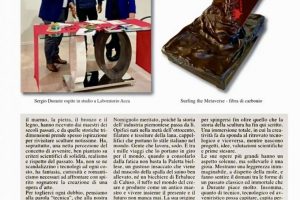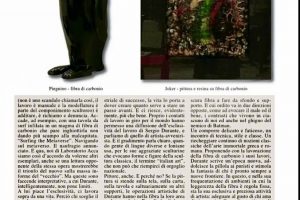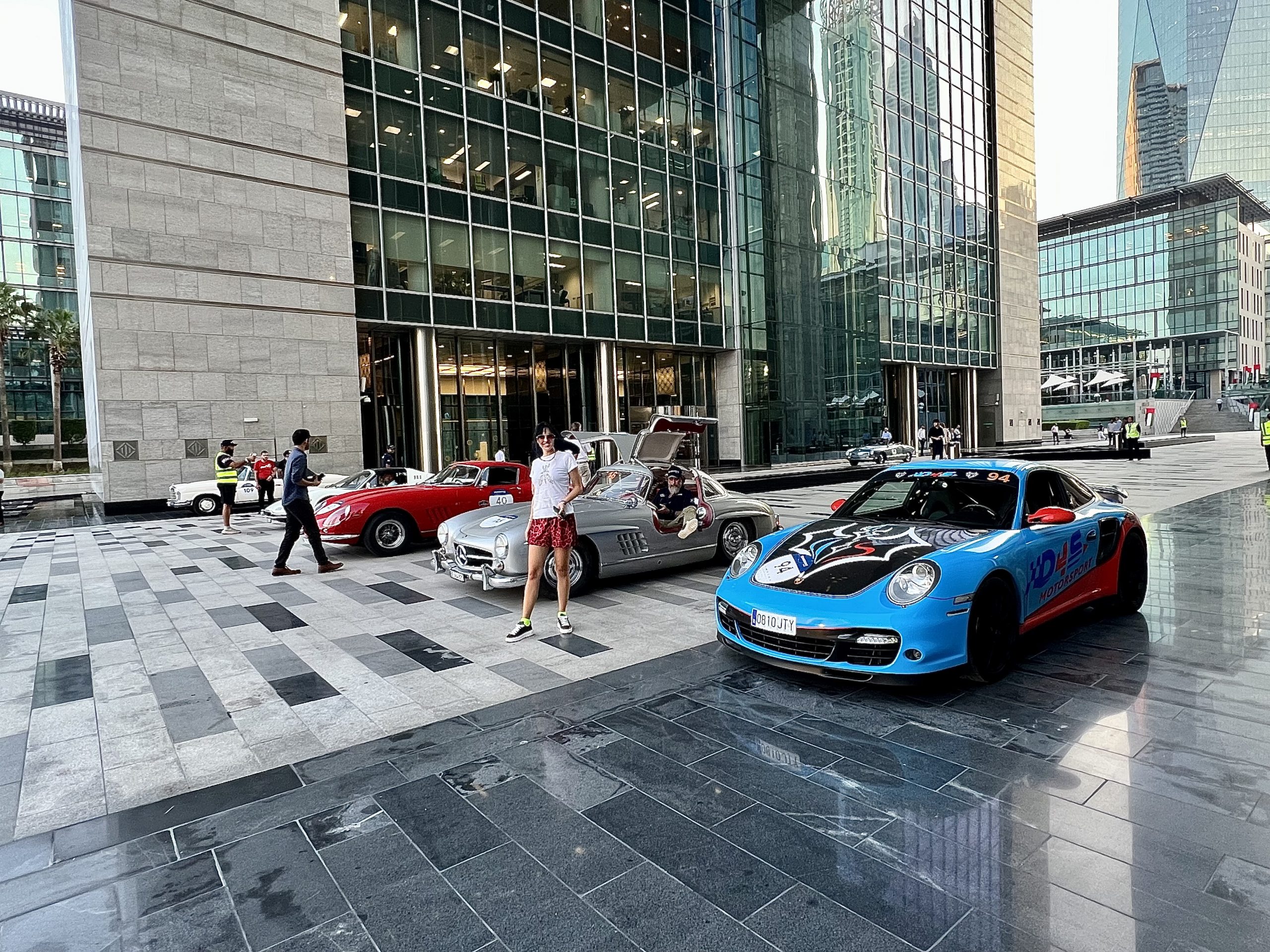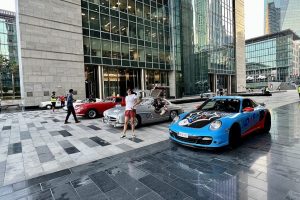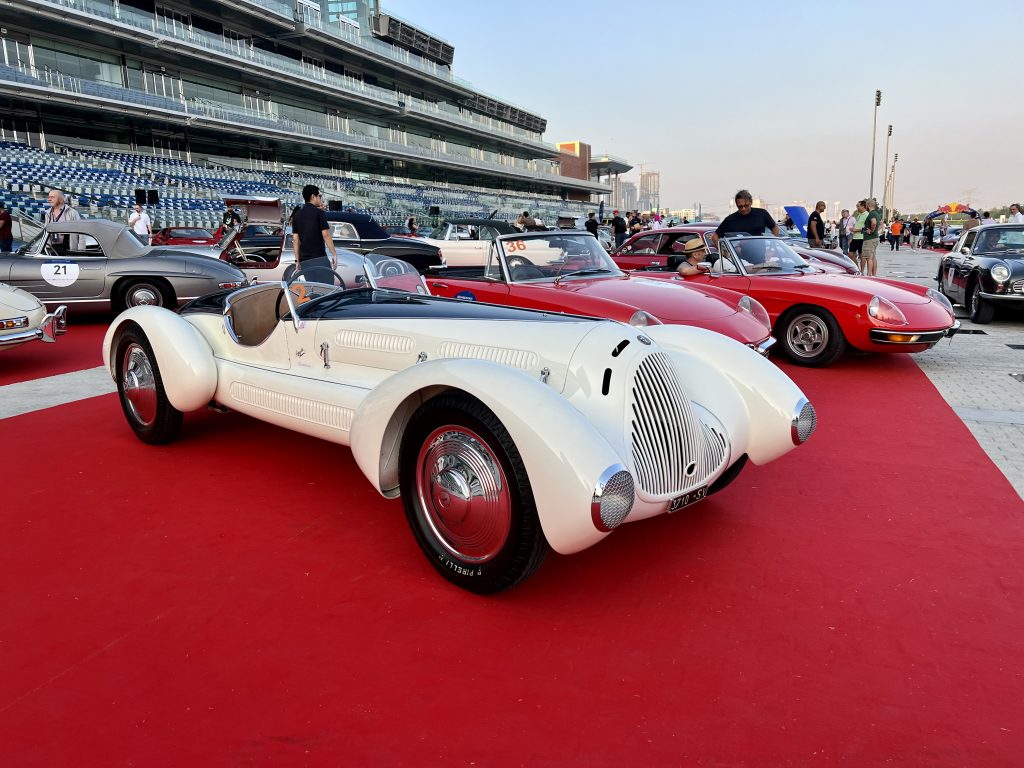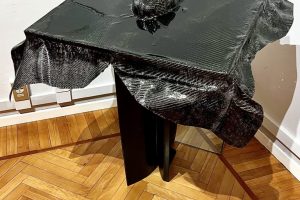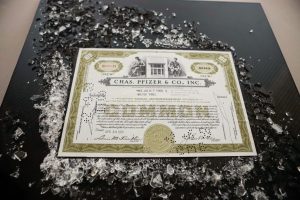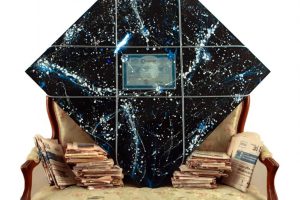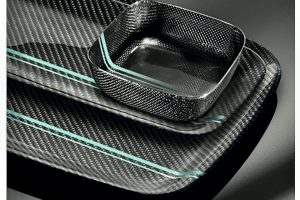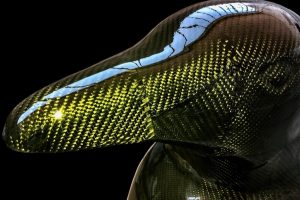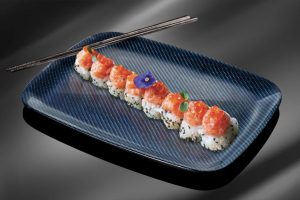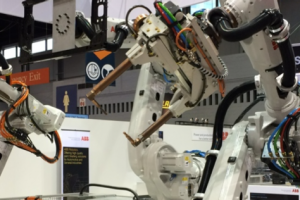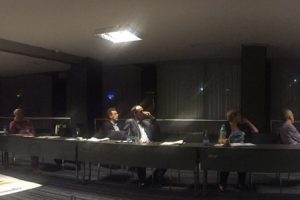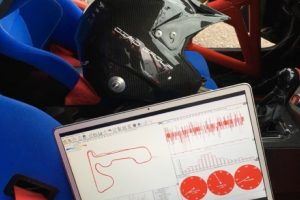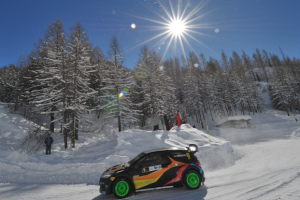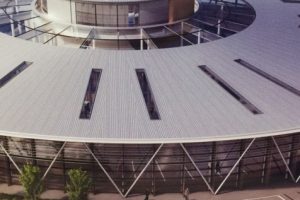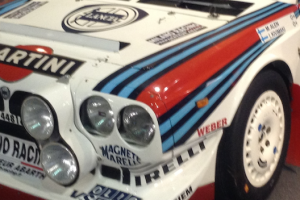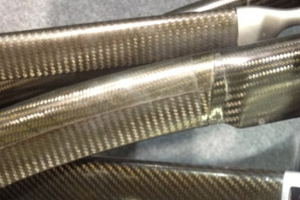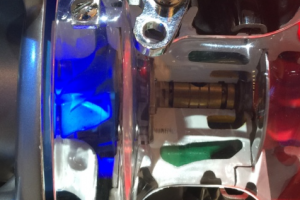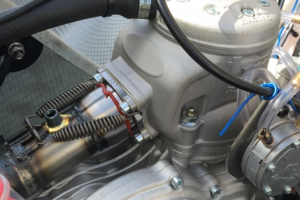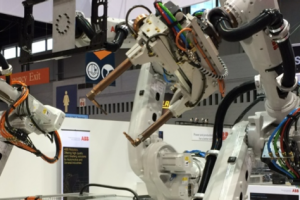LAST NEWS
Modern Artwork in Recycled Carbon Fibersk
Fine Art Collection
Sergio Durante among the big artist of the last century
9 April 2024
It is with immense pride and gratitude that I announce my inclusion in the prestigious 2024 Yearbook of Modern Art Artists. This esteemed publication, spanning 600 pages, showcases the masterpieces of renowned artists such as Chagall, De Chirico, Fontana, Gattuso, Mirò, Modigliani, Monet, Picasso, Schifano, Shimamoto, Warhol, and now, myself, Sergio Durante. To be featured alongside such titans of the art world is a humbling honor. Furthermore, I am deeply moved to have been granted the privilege of adorning the second cover page, a testament to the recognition of my artistic contributions. This recognition serves as both validation and inspiration, motivating me to continue pushing the boundaries of artistic expression and contributing to the rich tapestry of modern art.
My artistic creations are a fusion of sculpture and painting, crafted from a truly unique material: recycled carbon fibers. Utilizing my proprietary technology, I extract these carbon fibers from components once integral to airplanes or motorsport race cars. These fibers, with their rich history and intrinsic resilience, are repurposed to form intricate and captivating artworks that embody a harmonious blend of tradition and innovation.
Each piece I create is a testament to the synergy between advanced technology and inspired artistry. Through meticulous craftsmanship and a mastery of techniques, I transform these recycled fibers into captivating sculptures that evoke a sense of wonder and nostalgia. Handmade with care and precision, my artworks transcend their material origins to become powerful symbols of resilience, endurance, and creativity.
I like to envision that each carbon fiber carries with it a story—a tale of past triumphs, adrenaline-fueled races, or perhaps even daring military missions. In my artworks, these fibers find new life, imbuing each piece with a sense of depth and narrative that resonates with viewers on a profound level. From the sleek curves of a race car to the aerodynamic lines of a fighter jet, my creations celebrate the spirit of exploration, innovation, and human achievement.
Join me on a journey through time and space, where the echoes of the past mingle with visions of the future. Through my art, I invite you to experience the beauty, complexity, and boundless potential of recycled carbon fibers—the building blocks of a new artistic frontier.
Modern Artwork made in Recycled Carbon Fibers
Fine Art Collection
The modernity of a classic who lives the future.
But look at the hydrogen silent in the sea
Look at the oxygen next to her sleeping
Only a law that I can understand
She was able to marry them without making them explode…
Fabrizio De André, “A Chemist”
from “Not to money, not to love nor to heaven”, 1971
15 March 2024
The background
1950: Mr. Abbott produces carbon fiber by bringing rayon to a temperature of almost 1000 °C, obtaining a material resistant beyond belief.
1958: Roger Bacon, materials scientist, creates the first high-performance carbon fiber.
A year later, Akio Shindo improves the characteristics of carbon fiber produced from polyacrylonite.
E. Fitzer and H. Schlesinger, in 1966, produced carbon fiber from the gaseous phase..
The meaning
To avoid dusting off elements of chemistry and physics hidden in the abandoned school books on the top shelf of the bookcase, let’s think about the nose of a racing car of the kind driven by Mr. John Watson in 1981. On a Saturday in July, at Silverstone , in the racetrack created from a runway of a military airport during the Second World War, Watson drives a Mc Laren MP 4/1, made with a carbon fiber monocoque. He wins and inaugurates an era that still speaks volumes about him today, as in bicycles, tennis rackets, protective helmets, aircraft coverings, canoes and in many, many fields of application. We would have liked to see the faces of the mechanics from the other teams, accustomed to the clang of the nose being detached from the cars they were assisting, suffering from the cuts caused by the sheet metal, metal that became incandescent due to the friction and heat of the cars launched at impossible speeds. Some turned up their noses, others christened the matter as a gimmick with no future. But everyone, all over the world, had to change their minds, and today the “made of carbon fiber” is usual, customary. Even discounted.
A material that smells of modernity and of the future, which covers the slender body of fighters launched in the skies of the world, which lightens the structures and offers resistance greater than that of steel. When the carbon fiber racket was proposed to tennis players, the woods of the glorious previous ones sadly went into retirement. The wrist worked free from excessive weight and the ball shot away faster than ever. We leave the details to the technicians, but take that invention as the first data to evaluate the work of an artist who produces contemporary art with carbon fiber: Sergio Durante. He certainly has the notions of a sculptor, or, better, of a modeler who has in his fingertips the ability to feel the material and make it come alive under the command of inspiration and the mind. He has respect for the forms that marble, stone, bronze and wood have received from the masters of past centuries, and he often takes inspiration from the historical three-dimensional ones to revisit well-known sculptures. Above all, he has a clear perception of the concept of the future, well planted on scientific criteria of solidity, realism and respect for the past. But, let the technologists-at-all-costs not be scandalized, he has the imagination, curiosity and romanticism necessary to face the creation of a work of art with a dreamer’s spirit.
….
A delicate and tiring composition, a meeting of technique, style and class. A continuous echo of classical notions of immortal Greek and Roman art. By proposing his works through the processing of carbon fibre, Durante writes a new era, sweetens the pill for purists and stimulates the imagination of those who are always ready for new frontiers. In this, and in his frequenting of environments in which the lightness of the fiber is a fixed rule, lies his exclusive and precious activity as an artist: adapting to the taste of those who love to stand out in their choices all those studies and efforts that have already led him to tops of industrial production for racing cars, airplanes, hulls. He does so without ever forgetting that he is an Italian in the category of Filippo Parodi, a magnificent sculptor in eighteenth-century Genoa, and that of Giovanni Andrea De Ferrari, who with his works made the excessive economic power of the Republic of Genoa resonate. The spirit of the lover of the endless classic is indeed the stimulus that brought Sergio Durante this far, that is, to a very high point in the quality and values of Italian art that travels the world.
Giorgio Barassi
Director of Art & Art Revue – December/January 2023-2024
Art Critic and Anchor man of the ‘Art&Investment’ SKY TV Channel
Mille Miglia of Dubai - December 2023
Mille Miglia of Dubai 2023
This year marked a thrilling shift in our racing experience as we navigated the vibrant streets of Dubai and the all the 7 Emirates for the iconic Mille Miglia event. Departing from tradition, we opted for a powerhouse of performance, the awe-inspiring Porsche Turbo S, meticulously prepared by the skilled hands of D4S Motorsport and driven by Sergio Durante and Veronika Statauskiene.
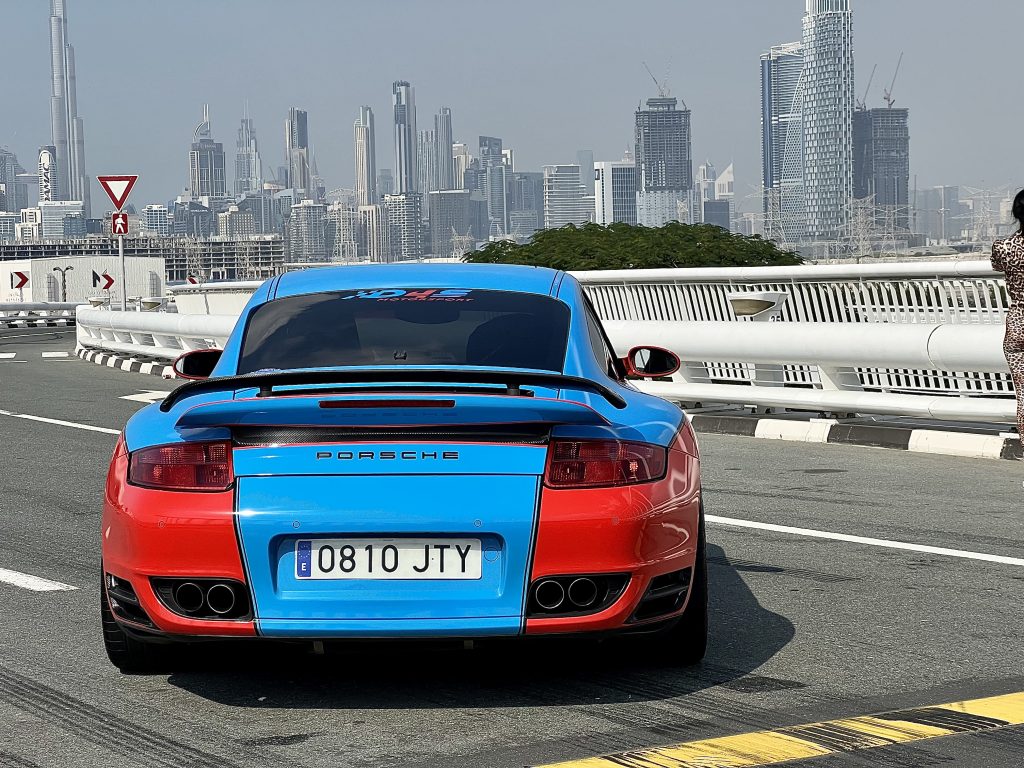
Dubai, with its dazzling skyline and cutting-edge architecture, provided a stunning backdrop for this exclusive race. The city’s blend of modernity and luxury set the stage for a unique twist on the classic Mille Miglia format.
The Porsche Turbo S, a true beast of power and handling, effortlessly conquered the urban landscape. Its 3.6-liter twin-turbocharged engine unleashed an impressive 770 horsepower, propelling us through the streets with unrivaled speed. The streets of Dubai, known for their opulence and grandeur, became the racetrack for this extraordinary event.
As we maneuvered through the city’s twists and turns, the Turbo S showcased its prowess, seamlessly blending raw power with precision handling. The aerodynamic design and advanced engineering of the car ensured a thrilling performance at every corner.
In the midst of the race, the city’s unique charm added an extra layer of excitement. The juxtaposition of traditional souks and futuristic skyscrapers created a dynamic course, demanding both speed and finesse.
The exclusivity of the Mille Miglia of Dubai mirrored the sophistication of the landscape itself. With a carefully curated lineup of participants and the roaring Turbo S leading the pack, the event exemplified the epitome of automotive excellence.
In conclusion, the Mille Miglia of Dubai, set against the stunning backdrop of this cosmopolitan oasis and the desertic and mountain landscapes, proved to be an exhilarating fusion of tradition and modernity. The D4S Motorsport Porsche Turbo S, driven by Sergio Durante and co-driven by Veronika Statauskiene, showed to be a true marvel of engineering, left an indelible mark on the streets of Dubai, making this exclusive race an unforgettable experience for participants and spectators alike.

A Symphony of Elegance: Unveiling the Masterpieces of the Mille Miglia Middle East
The Most Beautiful Race in the Middle East set to grace the roads of the UAE once again in December 2023, promising a spectacle of automotive magnificence like never before. The air will resonate with the purr of engines and the timeless beauty of classic cars as they embark on an exhilarating journey through an exciting new route.
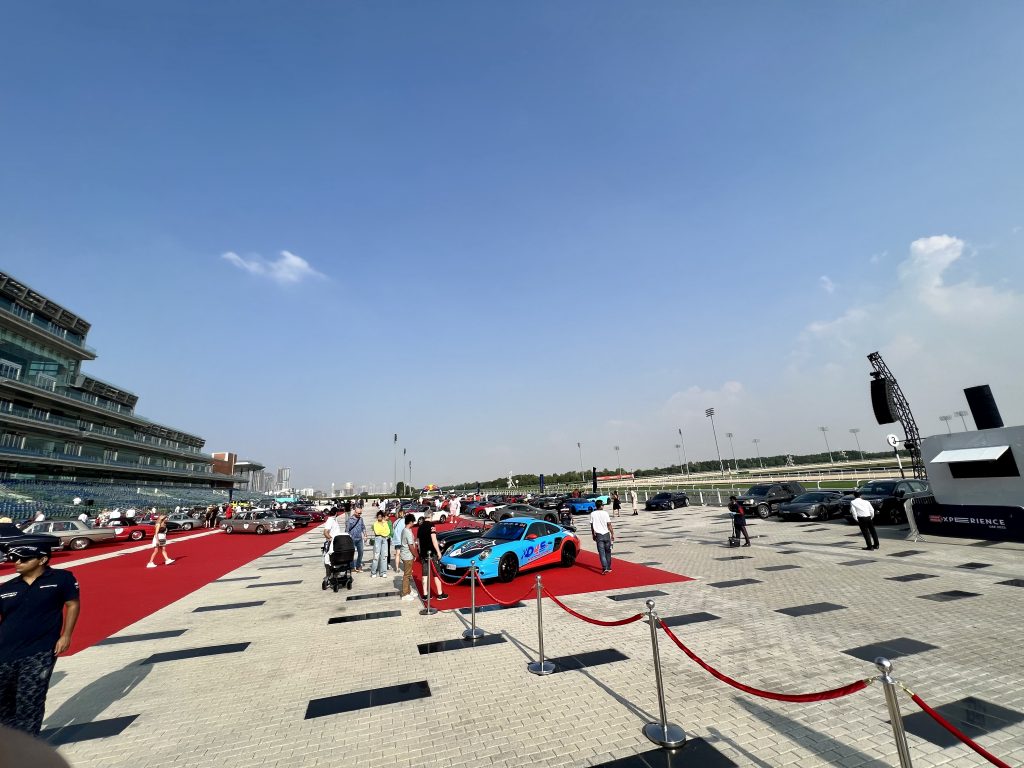
This year, the event has expanded its horizons, welcoming an impressive lineup of 120 cars that embody the essence of automotive artistry. Each vehicle, a masterpiece on wheels, tells a story of passion, craftsmanship, and the timeless allure of classic motoring. From sleek curves to roaring engines, the Mille Miglia Middle East brings together a collection of automotive gems that span the ages.
In response to the overwhelming demand from collectors and enthusiasts, the event organizers have curated an exceptional fleet, offering participants the chance to revel in the unparalleled experience of a regularity rally that transcends the ordinary. The diverse array of cars, ranging from iconic vintage models to contemporary classics, showcases the rich tapestry of automotive history.
As a special treat for the adventurous drivers, this year’s route extends to the Sultanate of Oman, embracing the breathtaking driving roads of the Musandam Peninsula. With its sinuous ribbons of tarmac cutting through majestic mountains, the journey promises an adrenaline-fueled experience like no other. The Mille Miglia Middle East continues to be a celebration of not only the beauty of the cars but also the spirit of exploration and camaraderie among enthusiasts.
Get ready to witness a symphony of elegance as the Mille Miglia Middle East unfolds, bringing together the most remarkable classics against the picturesque backdrop of the UAE and the rugged landscapes of Oman. This is more than a race; it’s a timeless ode to the allure of automotive excellence.

